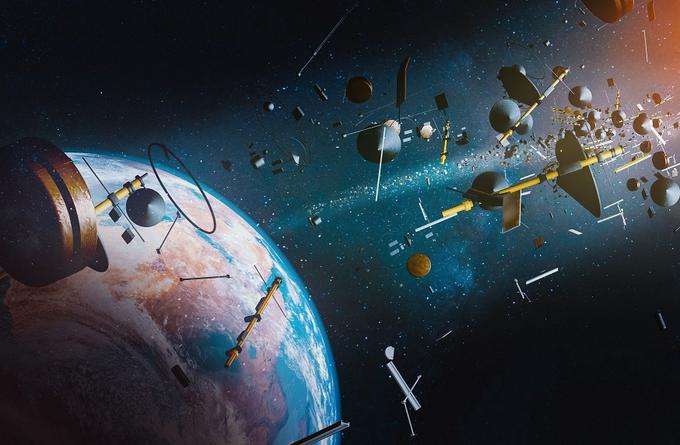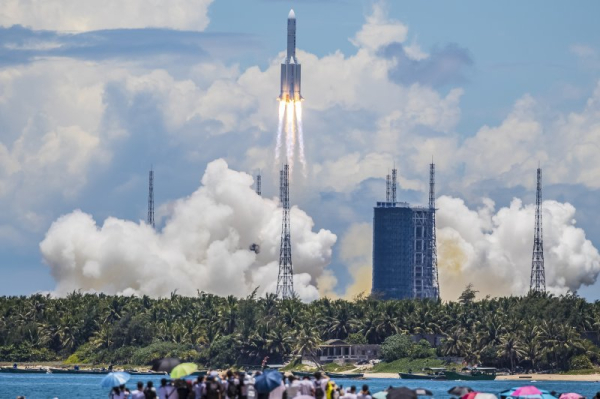A team of scientists from the MISIS National Research University and the Institute of Nuclear Physics in Calcutta proposed a new way to detect space debris using ion-sound waves generated by the motion of debris objects in low Earth orbit. The study was published in the journal Astrophysics and Space Science.
Space debris is inoperable objects launched by humans into space and their fragments, as well as meteoroids and other non-manmade inactive objects in near-Earth space. These objects move in the plasma that surrounds Earth’s orbit. Because space debris can travel at speeds of up to 10 km/s, even fragments as small as a few microns can cause serious damage to aircraft, especially manned ones. By comparison, the human eye cannot see particles smaller than 40 microns.

Work on space debris monitoring has been going on for a long time, and observing the waves that arise in plasma from the movement of debris charged by solar radiation and other types of cosmic radiation could be one method of indirect detection of dangerous debris fragments.
Since plasma is composed of charged particles, the movement of debris has an effect on it similar to the process of wave formation on water. As a result, ion-sonic waves are formed – specific waves associated with the oscillation of ions that occur in the plasma. They represent waves of compaction in the plasma, so they are called acoustic waves, because sound is also waves of compaction, but already in the air. At a high enough amplitude they become nonlinear and are converted into solitons – structurally stable sound waves that propagate only in a nonlinear medium. A distinctive feature of solitons is that when they interact with each other or with some other disturbances, they do not collapse, but continue moving, keeping their structure unchanged.
In the study, scientists first calculated the exact parameters of the accelerated soliton arising from the motion of space debris in plasma using a mathematical model, in which the equation term responsible for the space debris is called the source. It represents a charge that creates an electric field. As the debris moves, the source in the equation changes in time and space. This produces accelerated solitons rather than ordinary solitons that move at a constant velocity.
Knowing exactly how the properties of characteristic space debris solitons are determined by the position and velocity of the fragments in the plasma environment, it becomes possible to register dangerous fragments in Earth orbit by the specific solitons they create. Thus, the work of scientists can provide a theoretical basis for a fundamentally new method of monitoring the movement of space debris.




